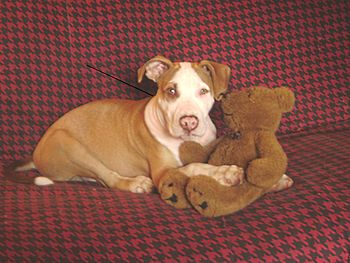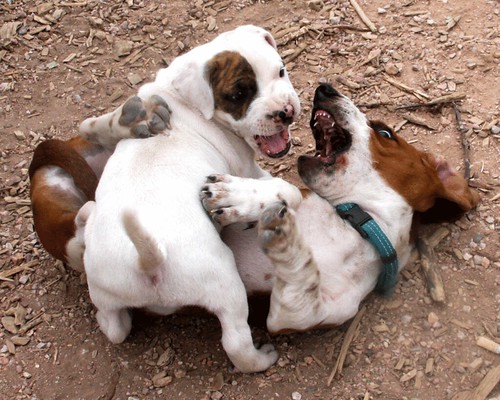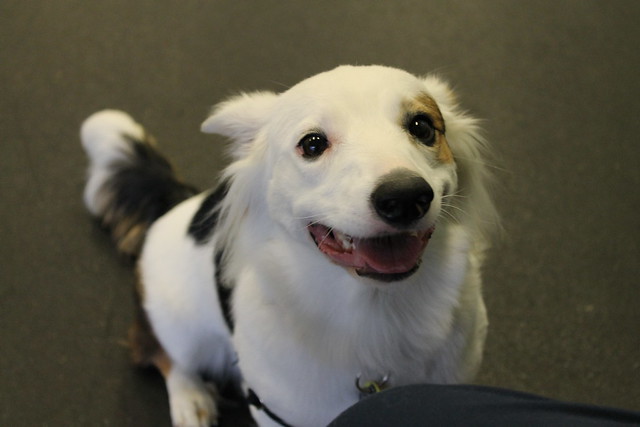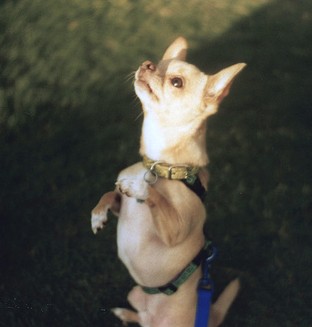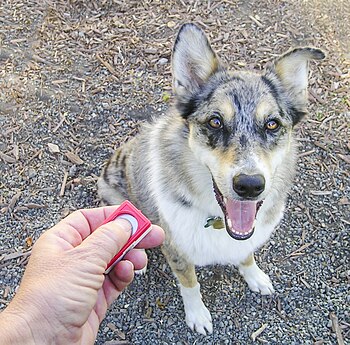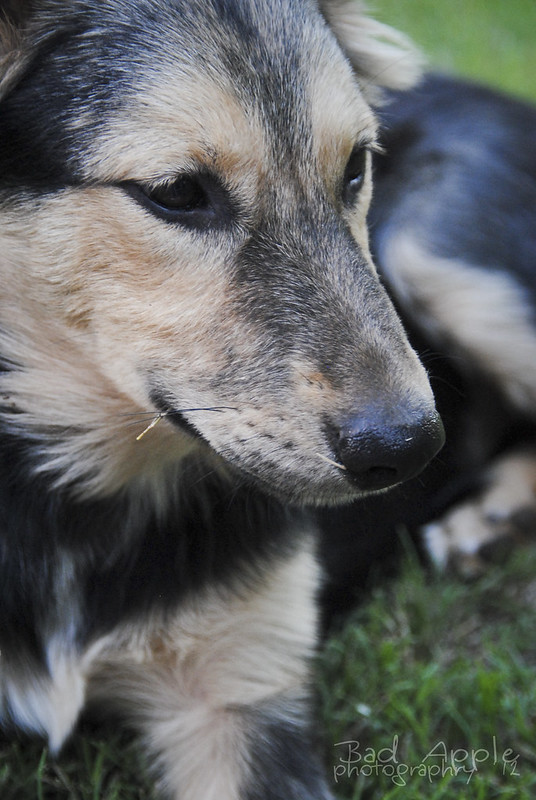 |
| German Shepherd Dog - Photo by Bad Apple Photography |
The GSD is a large, strong athletic dog, which needs a lot of mental stimulation and exercise but a well-trained shepherd can learn to do almost anything. These dogs positively thrive on challenging activities and they are so willing to serve their master and please. As a working dog used by most police forces, the very look of a GSD is usually enough to act as a deterrent but when called into action there are few dogs that can match the German Shepherd as an all-rounder.
If you are considering becoming an owner of a GSD then you need to consider the commitment to training in order that you have happy, well behaved German Shepherd dog that you can take out safely in public.
If you haven't previously owned one of these dogs then please do not take on a youngster lightly. Being involved in GSD rescue I have lost count of the number of young dogs I have had to re-home because owners bought them without doing a bit of research first.
As youngsters, they can be very boisterous and can easily knock over children or elderly relatives, especially if you do not discourage the dog from jumping up when excited. A bored GSD can be very destructive and if left alone will trash your house and contents with ease using their big teeth and claws. Unfortunately, these dogs don't really mature until they are about 3 years old so you are in for the long haul to get through the puppy and adolescent stage
The German Shepherd needs to be well socialized from an early age and needs plenty of exposure to people and other dogs so that they do not develop aggressive tendencies as they mature.
Joining a dog training class from an early age is a good idea and most clubs will accept dogs into the puppy classes from about 4 months onwards. This should be good fun for your puppy and allows him to play and to socialize but it also serves the purpose of teaching him or her what is acceptable and what is not. This will prove invaluable grounding for your German Shepherd training .
.
When choosing a dog training class do check out a few first as not all classes make German Shepherds welcome and if any club asks that you muzzle your dog, please give it a miss and move on and find another club. No reputable dog training class would require a dog to be muzzled. If your dog is aggressive towards other dogs there are better ways of controlling the dog safely such as by using a Canny Collar which is a simple effective head collar similar to those used on horses.
The earlier you start training and socialization the better as GSD's often develop a tendency to be aggressive towards other dogs and also towards strangers and they can become very protective towards their owners and property.
Another important part of training your German shepherd is to get him used to be groomed because they shed copious amounts of hair and although they only molt once a year, it lasts for 365 days. So be prepared for dog hair all over your house, your clothes, in your food and buy yourself a very good vacuum cleaner.
Training your German Shepherd should be very much part of everyday life and it should be fun to stick with it because it really will be worth it in the end.


